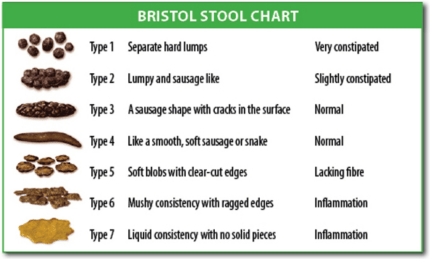When considering a healthy lifestyle, exercise is often a component of that. The details of “what is healthy exercise” tends to be the real debate. When prescribing exercise to a patient, the goal is always to have exercise induce healthy signaling to cells in order to enhance normal metabolism, detoxification, and hormone production. We want this healthy signaling to happen while performing movement that is low risk because movement that may promote damaging signals or cause injury is counter-intuitive to the health agenda at hand. This is an easier article to write if the focus is simply hormone production and low risk movement patterns. It becomes more tricky when you start considering how exercise may be contributing to intestinal permeability, aka leaky gut. If you are unfamiliar with this term, check out a prior article I wrote on what it is and how it happens here.
When you perform high intensity workouts or exercise for long durations, you actually induce intestinal permeability. The fact that this happens can also be an argument to justify shorter durations and longer recovery times. If we are thinking in general, it is probably not the best idea to be doing vigorous workouts on a daily basis because over-exercising is a real thing! Not only can it begin to have a catabolic effect, induce cortisol issues, and create real fatigue issues, it can cause leaky gut. Leaky gut is the precursor to autoimmune diseases and should not be taken lightly. This is also a part of exercise-induced immune suppression. That’s right. You actually have a period of time after exercise where your immune system is suppressed. So, if you are a person that wants to train at an elite level and stay healthy while maintaining a normal intestinal lining, what do you do?
- Eat a diet free from foods that can contribute to intestinal damage such as wheat, processed foods, sugars, and commercial dairy products.
- Stay away from alcohol when in high training seasons. Alcohol contributes to leaky gut.
- Get adequate rest and sleep for recovery.
- Don’t overtrain.
- Take supplements that will keep your immune system up:
- Beta-glucans are a yeast-derived products that prime neutrophils (immune cells) to act quickly and efficiently if you get an infection. Look for those containing “Wellmune”
- Colostrum is a product that contains antibodies to give the body a donated immune system in addition to growth factors that stimulate healing of the gut lining.
When athletes take colostrum during peak training season, they have virtually no sign of leaky gut in comparison to their counterparts that don’t take colostrum. A recent study was just published on the topic, and it really is remarkable. When we think about why colostrum can provide such a service to the intestine, we need to think about nature’s original intention. Colostrum is the first milk produced for baby. Every baby is born with leaky gut (this is normal for an infant!) but it’s colostrum and mother’s milk that provides the immune factors such as antibodies in addition to the growth factors that will ultimately create a normally developed intestinal lining. In a bubble, this lining would never encounter processed food, antibiotics, excessive workouts, etc. But we live in 2017 and people have so many damaging things happening in everyday life.
If you are an athlete that doesn’t want your exercise regime to cause damage to the intestines that will ultimately hurt the immune system, consider taking colostrum. It’s a classic story that any athlete will tell you: inevitably, game day rolls around and that’s when you get sick! Either that or it’s often during peak training season. I wouldn’t want to train all year for something and then get sick right before competition! We can use these types of discoveries to leverage food to our advantage in addition to knowing how to adjust lifestyle habits like exercise frequency. On a side note: there have been Olympic teams known to take colostrum because of the factors that enhance performance without it being a growth hormone type product. So, there could be some performance benefits in addition to health benefits!
If you are interested in all the recent study details, click here!
If you are interested in protecting your intestines and immune system without changing your training schedule, check out my fullscript dispensary for Wholemune (beta-glucans) and IgG Protect (colostrum). Many functional medicine doctors and chiropractors will have these products, too!











